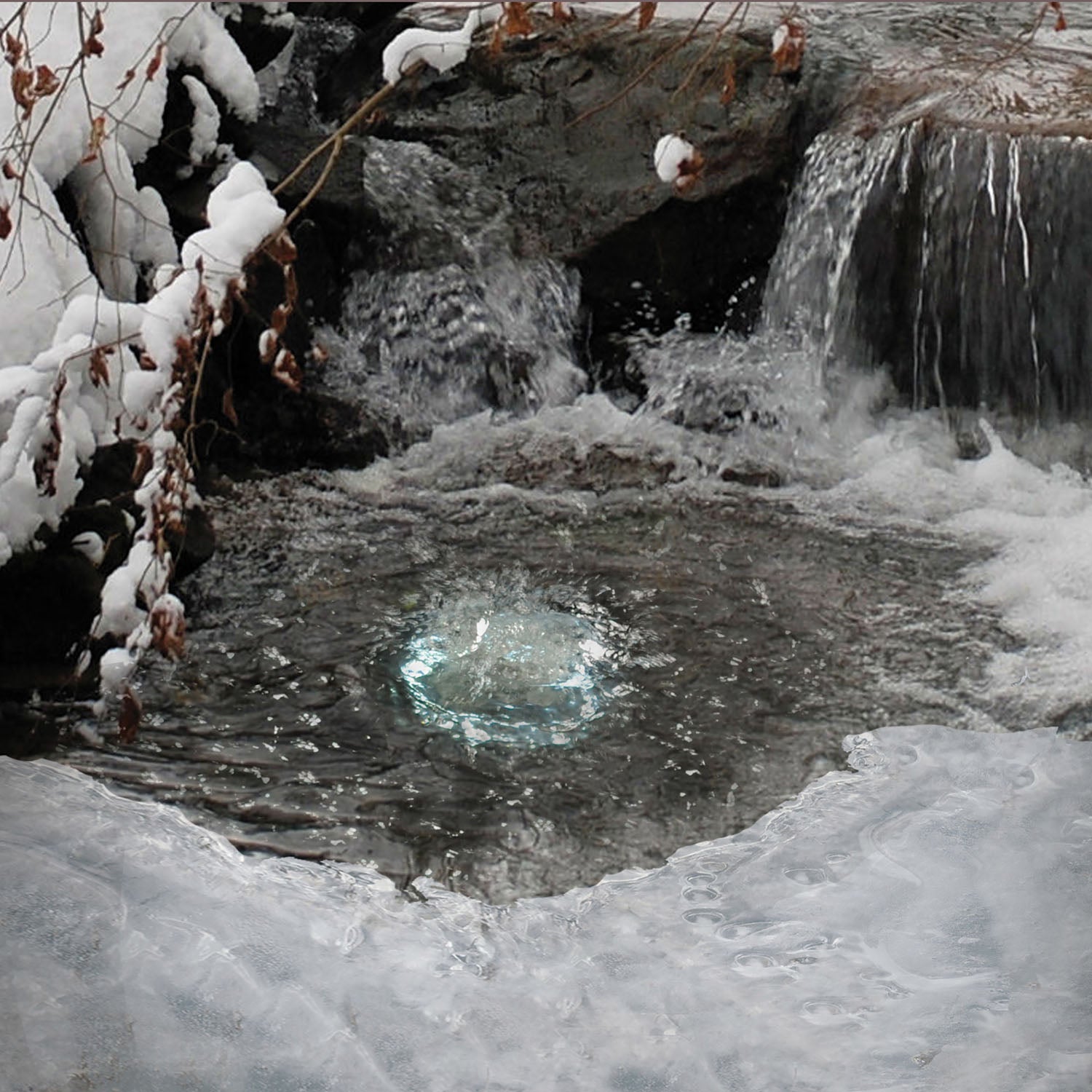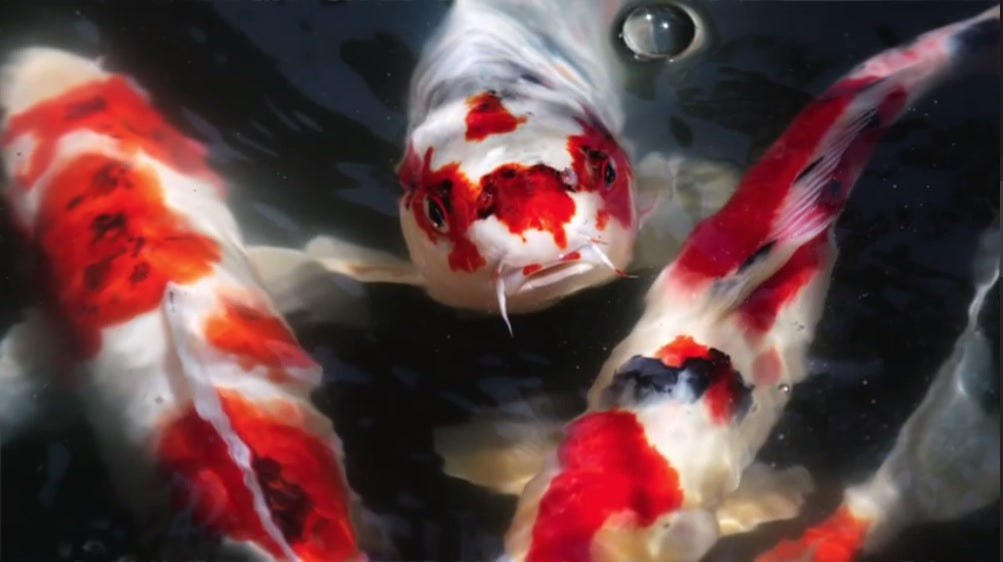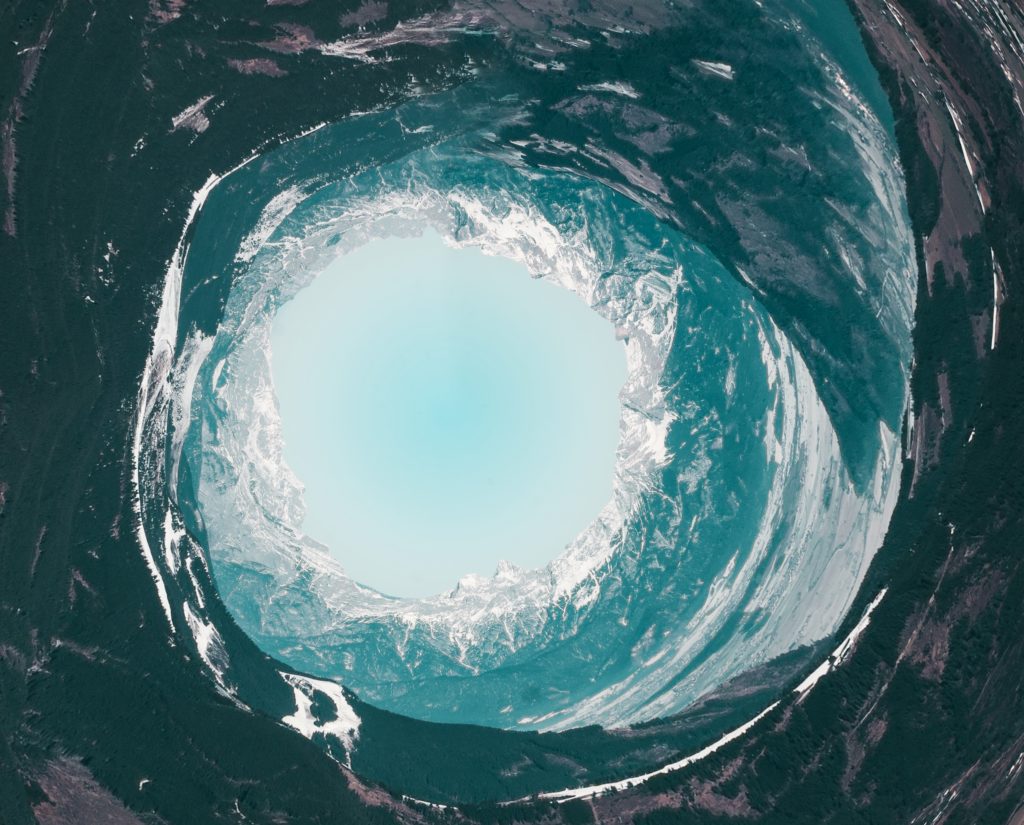
What to do in a Pond Freeze
Quick snaps of temperatures can lead to an unexpected pond freeze. Here are a few steps to keep you prepared and know what to do if this happens to your pond or water feature.
The best step for a pond freeze is preparation. If you live in an area that is at risk for a pond freeze, once water temperatures reach into the 40s you can begin these preventative steps. Begin with disconnecting pumps and filters from power sources. You will want to store your pump indoors in a bucket of water to keep seals from drying or cracking. Filters can be removed, rinsed out, and stored indoors. Pond plants with brown leaves or stems should be trimmed. Hardy aquatic plants can be moved in the deepest point of the pond and tropical plants can be moved indoors. Fish should stop being feed at 50° F. They adapt to winter temperatures and their digestive systems slow down with a lower amount of activity and weight they have build up during summer months will help sustain them throughout the season. If you have fish in your pond, you will want to maintain a hole in the surface of the pond to allow oxygen to enter the pond and toxins from decaying plants and nutrient loads to exit the pond. This hole can be maintained with a pond aerator or a pond deicer.
If an unexpected pond freeze does occur, don’t panic you can simply reopen a hole in the surface of the pond by pouring hot water over the same spot on the ice. This is a step to take to promote proper fish health or to allow you the space to remove your pond pump or filter and continue by following the preparation steps outline previously. Use an aerator or pond deicer to keep the hole in the ice open if you have fish. Continue to monitor your pond throughout winter to make sure the ice does not reform over the entire surface. If it does, simply reopen the ice with warm water once again. Whatever you do, do not break the ice with any form of impact. This type of break in the ice can cause a shock to fish that the results can be fatal. If a pond freeze does occur it is best to maintain a calm approach and follow through these simple steps.
Now that you are prepared to maintain your pond for the remainder of the season, you can confidently follow these few steps for a successful pond in winter. For more pond tips in winter, visit our FAQ page.


